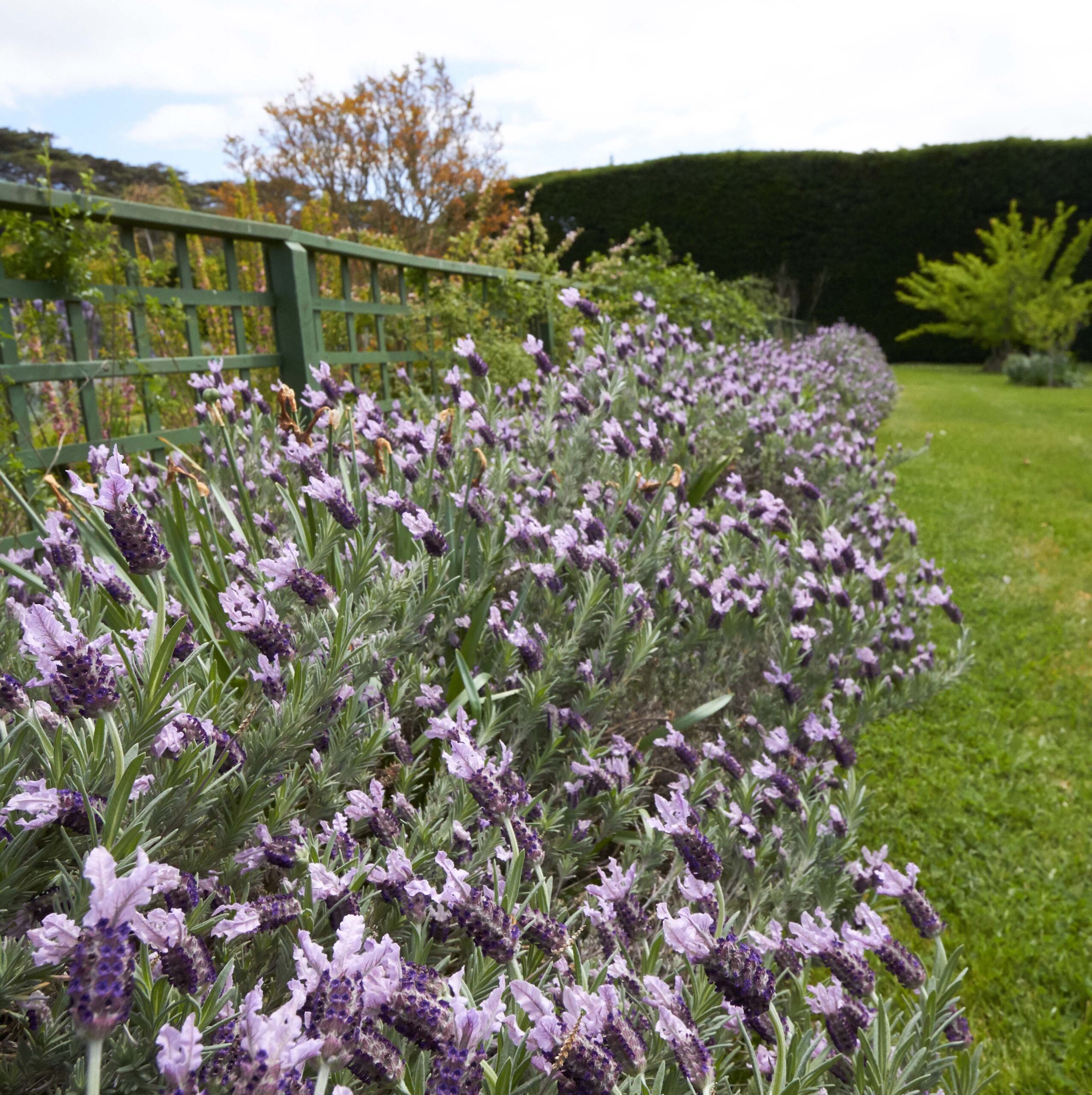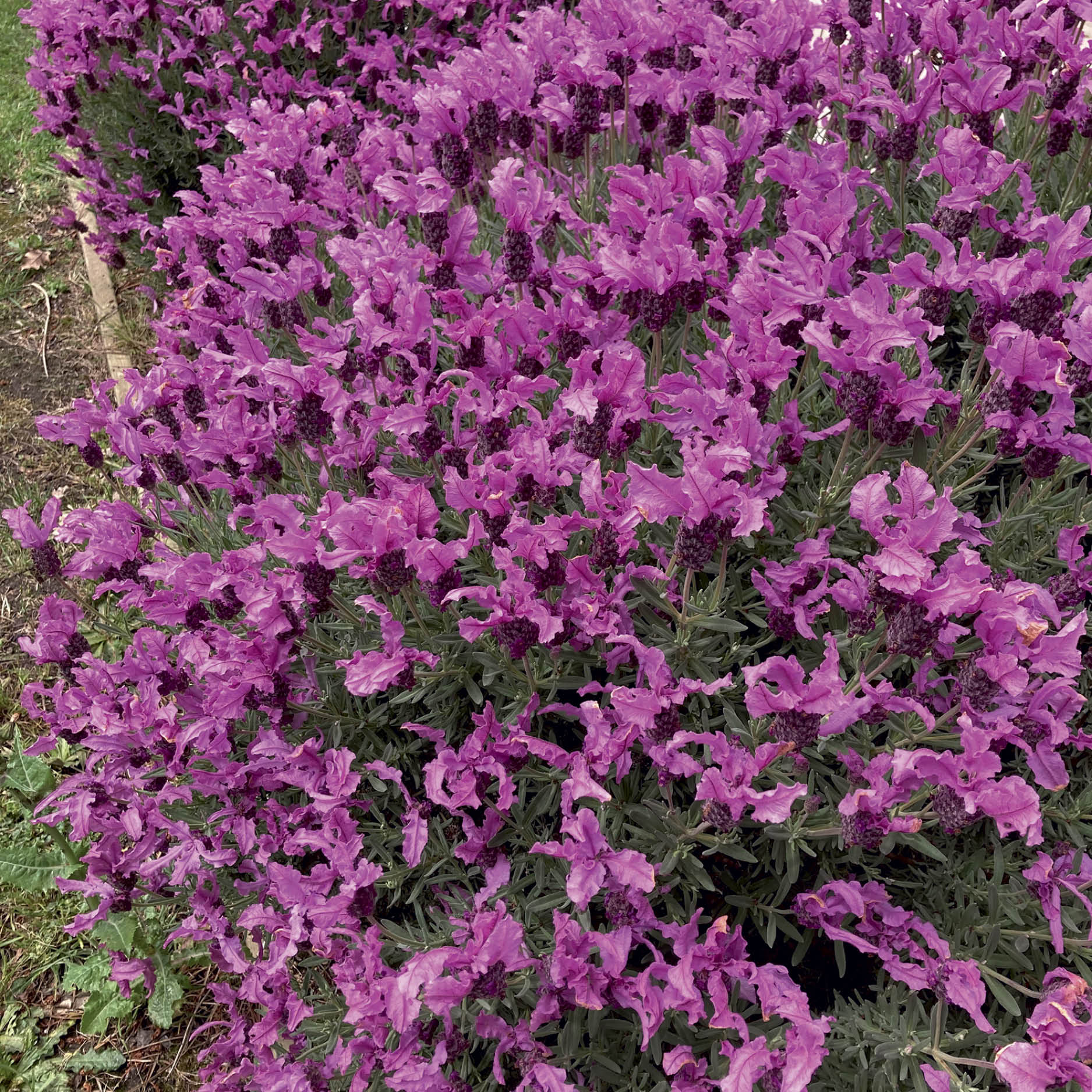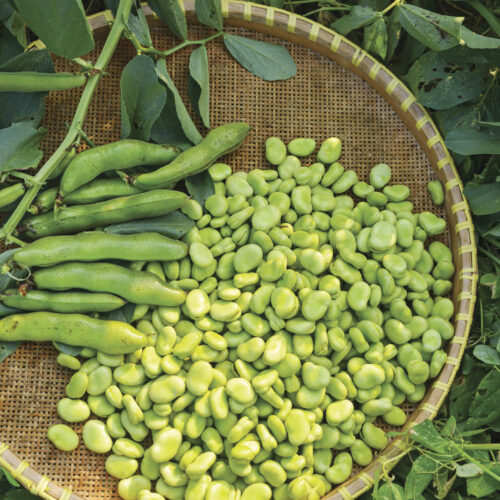Herb hedges you can grow yourself
2019-07-22T05:48:42+10:00
Lavender can planted so that it makes a hedge that will provide a beautiful scent as well as nectar for pollinators.
Lavenders come in many different species and cultivars but all are more or less useful for hedges. They all like well-drained soils, lots of sun and are relatively drought hardy. They also provide nectar for butterflies, bees and other insects.
French lavender
French lavender (Lavandula dentata) is the tallest, growing to 1.2m, and will flower for most of the year. Plant about 80cm apart and prune in summer, cutting off flowers and tips of branches. Regular pruning stops them from becoming leggy. Dwarf forms are lower growing and need to be planted more closely. French lavender flowers are lovely dried in potpourri and scented sachets. Not suitable for cooking.
English lavender
English lavender (L. angustifolia) cultivars range from quite tall, 80cm, to dainty bushes of only 30cm. All make useful borders and low hedges planted between 50–30cm apart, depending on their size. Flowers appear in early summer and are generally pruned in autumn once the flowers are finished. Remove the long flower stems and tip prune the branches to shape the plants. Flowers of English lavenders can be made into tea, added to food such as desserts, or dried to be used for potpourri and scented sachets. They are also distilled to produce high-quality lavender oil.
Italian lavender
Italian lavender (L. stoechas) is also called Spanish lavender and generally grows from 60–90cm tall. They all have small grey leaves and produce flower heads with tiny flowers of purple, white or pink, that are topped by similarly coloured long bracts that look like petals. These are borne on short stems in among the leaves and generally appear in spring. Cut back and shape bushes in summer after the flowers have finished. Plant bushes 30–50cm apart depending on their height. These lavenders are not eaten but look lovely in the garden and dried flowers are added to scented products.
For more gardening tips and ideas get the latest issue of ABC Organic Gardener Magazine here.







